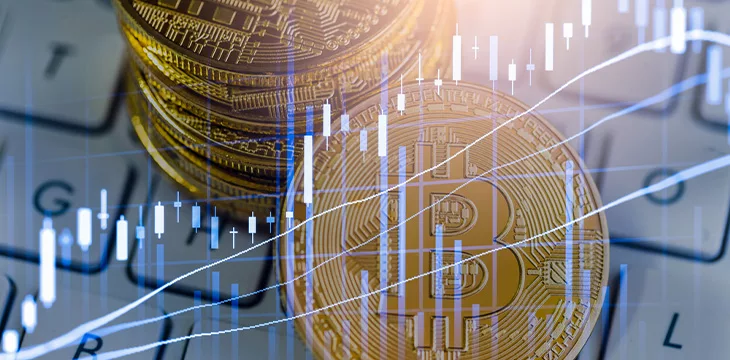|
Getting your Trinity Audio player ready...
|
Stablecoins are increasingly gaining traction in cross-border payments, with payment giants like Visa (NASDAQ: V) and PayPal (NASDAQ: PYPL) among those exploring them, a new report claims.
The report by AllianceBernstein revealed that stablecoins are venturing beyond the digital asset trading circles and into payments and cross-border transfers.
The stablecoin market cap stands at $155.1 billion and has been continually rising since late last year. However, two stablecoins—USDT and USDC—dominate the sector, accounting for nearly 90% of the market at $107 billion and $32 billion respectively.
“Stablecoin value settled on the blockchain indicates strong adoption of the digital dollar with the crypto trading ecosystem as well as a cross-border payments currency,” said the two authors, Mahika Sapra and Gautam Chhugani, in a research report.
In Q1 2024, stablecoins accounted for $6.8 trillion in trading and settlements, almost equivalent to last year’s entire total of $7 trillion.
The two authors singled out PayPal and Visa as the two global payment giants making the biggest moves in the stablecoin sector. PayPal issued its PUSD stablecoin in August in partnership with Paxos Trust, but after an initial ascending run, its supply has dipped drastically this year as the initial excitement waned.
Recently, PayPal announced that it plans to allow its users to fund their cross-border transfers with the PUSD.
Visa, on the other hand, has been investing heavily in stablecoins, distributed ledger technology (DLT), central bank digital currencies (CBDCs), and digital currencies. Its first stablecoin payment settlement was in 2020, and while it has yet to issue its own stablecoin, payment industry stakeholders believe it’s coming sooner rather than later.
The Bank for International Settlements (BIS) warned central banks in November to move quickly with their CBDCs as the best defense for the day when Visa issues its stablecoin.
While Visa has become the yardstick against which every blockchain solution is measured, Satoshi Nakamoto’s vision was for Bitcoin to exceed Visa’s centralized systems. In the Bitcoin white paper, Satoshi stated that Bitcoin could already scale more than Visa’s 15 million daily transactions “with existing hardware for a fraction of the cost. It never really hits a scale ceiling.”
The AllianceBernstein report also noted that Solana’s share of the stablecoin payments sector has increased. However, it questioned the network’s scalability, noting that it would have to scale 20-fold to compete with existing payment networks. But as it has shown with its unending outages, Solana can’t scale.
BSV Blockchain (BSV) remains the only network that can scale unbounded to meet enterprise needs. BSV currently processes over 100,000 transactions per second, and with the upcoming Teranode upgrade, it will hit over a million TPS.
Watch: Tokenizing gold and stablecoins

 12-11-2025
12-11-2025 





